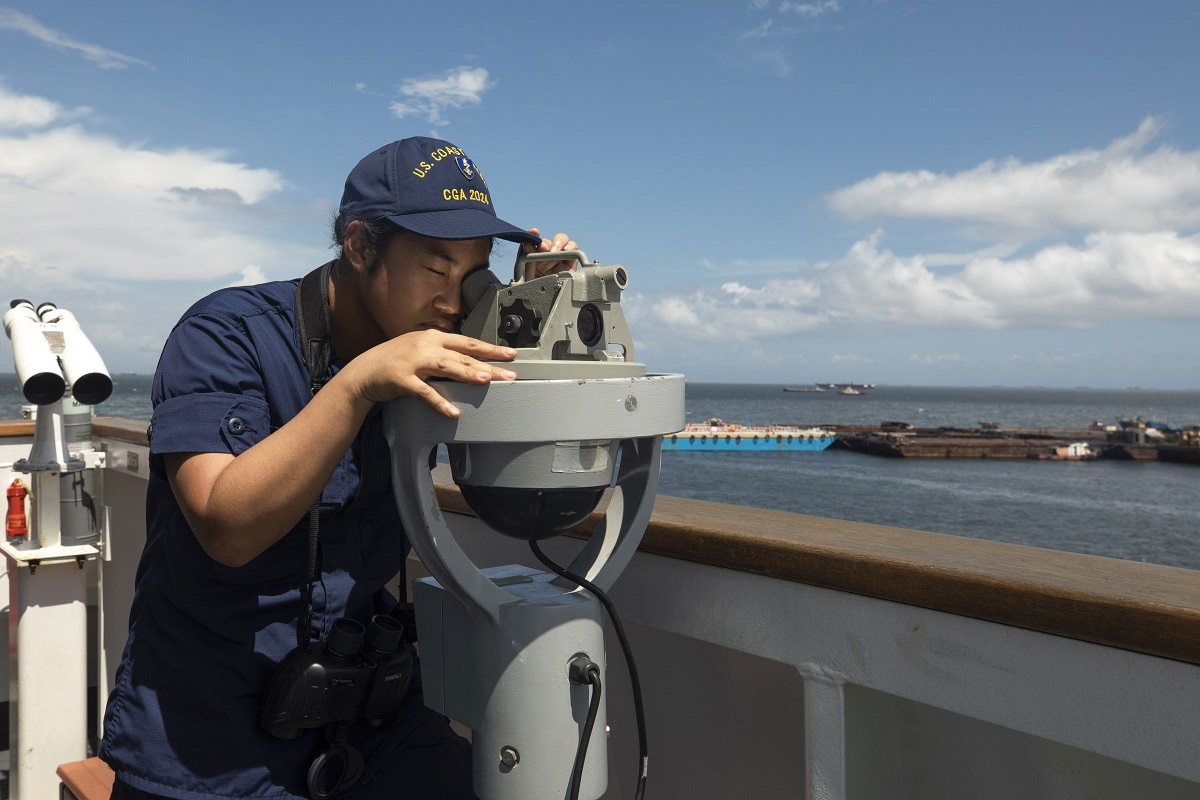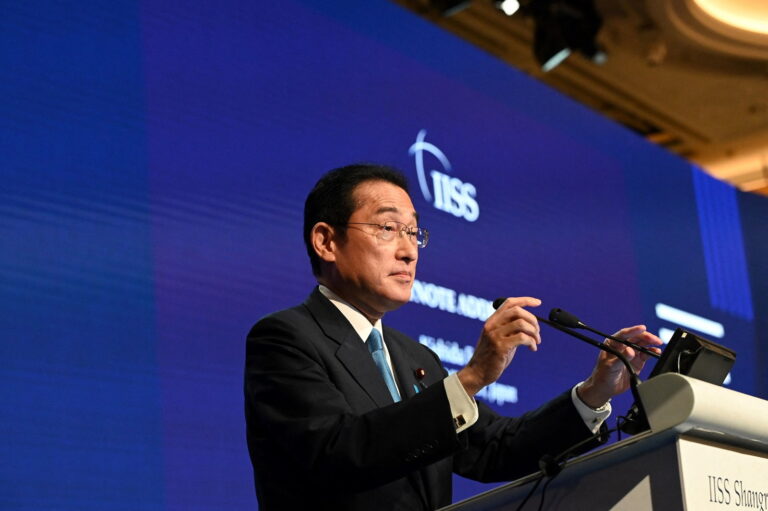In his keynote speech at the Shangri-La Dialogue in Singapore last year, Japanese Prime Minister Fumio Kishida announced a significant shift in his country’s postwar foreign policy. Kishida argued that for more than half a century, Japan’s international role has been focused on “contributions primarily in the economic field.”
However, since “Japan has a heavy responsibility to fulfill,” now was the time for the state to take on a more comprehensive role. Kishida spoke of growing uncertainty in the regional security environment, but did not directly name China as the culprit or openly question U.S. financial resources or involvement in Asia. .
In many ways, Japan is rapidly emerging as the most comprehensive strategic partner for major Southeast Asian countries, especially the Philippines.
In response, Japan declared a new era of “realist diplomacy,” doubling defense spending as a percentage of GDP, and at the same time developing its own He vowed to develop the defense industry. . Mr. Kishida made it clear that Japan cannot stand idly by as revisionist forces attempt to challenge the regional rules-based order.
And it is in Southeast Asia that Japan’s new geopolitical assertiveness is most evident. Kishida made historic visits to the Philippines and Malaysia this month to launch Japan’s new Official Security Assistance (OSA) initiative, which aims to strengthen the maritime security capabilities of like-minded regional countries. I did it. Japan is also stepping up efforts to literally provide a tangible alternative to China’s Belt and Road Initiative (BRI) project, which has faced significant obstacles in recent years.
In many ways, Japan is rapidly emerging as the most comprehensive strategic partner for major Southeast Asian countries, especially the Philippines. In fact, the two U.S. allies are just exploring a new Visiting Forces Agreement-style agreement that would facilitate large-scale joint military exercises in the coming years. And with an eye toward Taiwan, the two countries are laying the groundwork for the Japan-Philippines-United States (JAPHUS) trilateral alliance to thwart any potential Chinese campaign against the self-governing island nation.
 Earlier this year, Japan conducted its first-ever trilateral coast guard exercise with the Philippines and the United States in Manila waters (Brett Cote/Coast Guard News/Flickr)
Earlier this year, Japan conducted its first-ever trilateral coast guard exercise with the Philippines and the United States in Manila waters (Brett Cote/Coast Guard News/Flickr)
It is difficult to overstate Japan’s actual influence in Southeast Asia. Despite all of China’s Belt and Road propaganda, Japan remains the region’s main source of high-quality, expensive infrastructure. For example, Japan’s pre-pandemic infrastructure commitments in the region’s six largest economies were valued at $367 billion, far exceeding China’s $255 billion.
Rather, Japan is poised to strengthen its position as a major economic player in Southeast Asia. Over the past five years, China’s Belt and Road activities have declined by about 40% due to the economic slowdown, pandemic-related supply chain disruptions, debt crisis, and regulatory hurdles in host countries.
Over the past decade, Japan has gradually emerged as an important maritime security partner for Southeast Asia, thanks in large part to the active foreign policy of the late Prime Minister Shinzo Abe. In particular, the Japanese government provided state-of-the-art patrol vessels to the coast guards of the Philippines, Vietnam, and Malaysia.
Expanding security ties with major Southeast Asian countries will not only promote Japan’s defense industry but also allow Japan to more effectively exert its power in neighboring countries.
In fact, Japan almost single-handedly supported the Philippine Coast Guard (PCG), which had just become an independent maritime law enforcement agency in the late 1990s and became arguably the most formidable force in all of Southeast Asia. Importantly, the Philippines has also hosted several landmark military operations by Japan in recent years.
In 2018, Japan’s Self-Defense Forces dispatched an armored vehicle unit for the first time since the war to participate in the Balikatan military exercise between the Philippines and the United States that year. Last year, Japan reached a new milestone when it deployed fighter jets for joint training with the Philippine Air Force.
Earlier this year, Japan conducted the first-ever trilateral coast guard exercise with the Philippines and the United States in Manila waters. This was quickly followed by the first-ever joint quadrilateral patrol by Japan, the United States, Australia, and the Philippines in the South China Sea, where tensions between Manila and China are high.
During his visit to Manila, Kishida became the first Japanese leader in history to address a joint session of the Philippine Congress, highlighting the depth of the bilateral relationship. He also unveiled Japan’s OSA initiative, which includes a $4 million grant to provide coastal radar systems to the Philippine Navy. In addition, Japan will finance five more 97-meter vessels for PCG.
Japan, already a top investor and source of development aid, has also expressed interest in joining after the Philippines signaled its intention to withdraw from some Belt and Road projects in the country by China. In neighboring Malaysia, another major beneficiary of the OSA initiative, Prime Minister Kishida announced expanded maritime security assistance and development cooperation. Vietnam is likely to be next.
But Kishida’s biggest praise is the proposed Japan-Philippines reciprocal access agreement, which would facilitate large-scale military exercises between the Japanese and Philippine sides in the near future. The Philippine legislative leadership has indicated its full support for such a partnership, although it would need to ratify a VFA-style agreement.
Expanding security ties with major Southeast Asian countries will not only promote Japan’s defense industry but also allow Japan to more effectively exert its power in neighboring countries. Amid growing concerns about China’s violent actions against Taiwan, Japan is also interested in expanding its military presence in the Philippines, which has already granted the Pentagon access to strategic bases near Taiwan’s southern coast. .
The ultimate goal is to further strengthen the trilateral alliance between Japan, the Philippines, and the United States, which is extremely important to deter large-scale military action by China. Overall, Southeast Asia, and the Philippines in particular, has become the linchpin of Japan’s new defense policy and more active security role in Asia.

